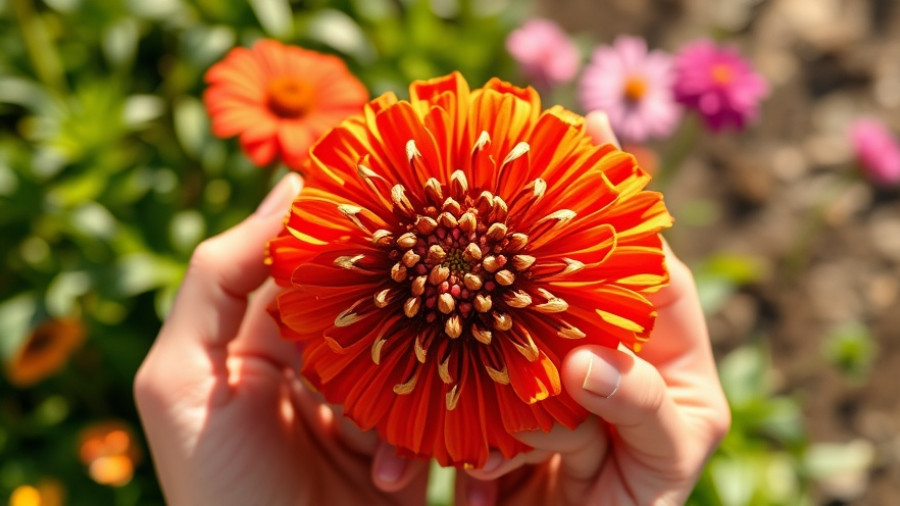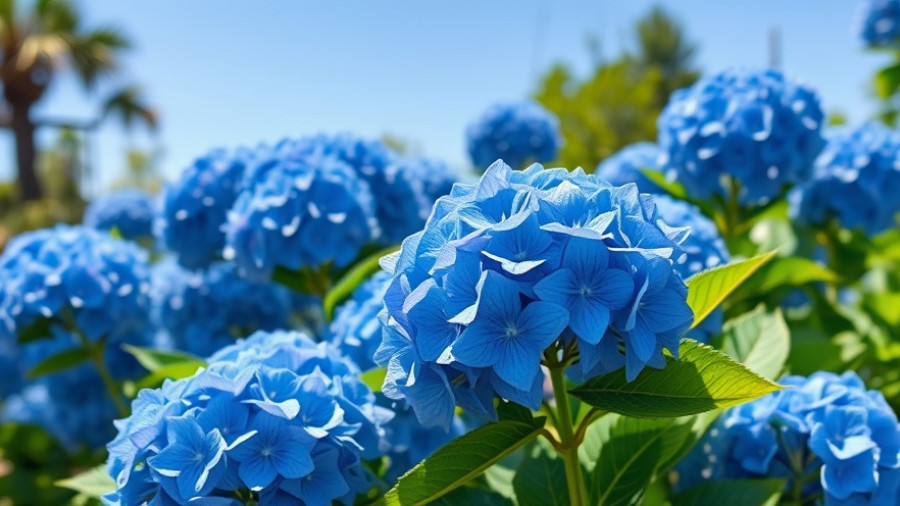
Understanding the Tomato Russet Mite: A Hidden Threat
As summer begins to wane, tomato growers face a looming threat known as the tomato russet mite. These minuscule arachnids, often missed by the naked eye, wreak havoc on our beloved tomatoes. They thrive on the tender foliage, sipping juices and leaving behind telltale stippling that warns of their presence. Recognizing their damage is key: lower leaves may turn bronzed and yellow before ultimately shedding, while tomatoes may crack — robbing the garden of its bounty.
Prevention is Better than Cure: Techniques to Keep Tomato Pests at Bay
Successful gardening isn’t just about planting and watering; it’s about prevention. Here are several effective strategies to defend against tomato russet mites:
- Regular Inspections: Check your plants routinely, especially the undersides of leaves where these pests prefer to hide.
- Companion Planting: Introduce beneficial plants that repel mites, creating a natural barrier.
- Mulching: Keeping the soil covered helps prevent mite infestations by providing a multi-layer approach that reduces direct contact with pests.
Implementing these techniques not only safeguards against russet mites but also enhances your garden's overall health.
The Lifecycle of Tomato Russet Mites: Nature’s Impressive Reproduction
Understanding how the tomato russet mite reproduces is crucial in managing their population. These mites can reproduce at an alarming rate under optimal conditions. Their lifecycle, from egg to adult, can span just a few days, enabling them to form colonies swiftly. To combat this, actively managing your crop environment—such as monitoring humidity and temperature—can disrupt their breeding cycle and keep populations at bay.
Steps You Can Take Today: Empowering Your Gardening Choices
Equipped with knowledge, you can take active measures to protect your garden. Simple actions, like regularly checking for pests or implementing preventative strategies, empower gardeners at all levels. Whether you're looking into backyard makeover ideas or interested in using eco-friendly yard care methods, focusing on holistic gardening practices will yield not only tastier tomatoes but will also enrich your gardening experience.
Creating Your Own Tomato Haven: Designing for Pest Resistance
As the summer progresses, transforming your garden into a pest-resistant paradise becomes essential. Adding elements such as raised garden beds enhances airflow and can prevent moist conditions that favor mite proliferation. Consider integrating landscape lighting ideas to highlight your tomatoes at night, creating an inviting space, or even installing fire pit designs that make your outdoor living area functional and enjoyable during summer evenings.
Conclusion: Cultivate Knowledge for a More Fruitful Harvest
Every gardener faces challenges, especially at the tail end of the growing season. The tomato russet mite is just one of many pests eager to sabotage your efforts. By learning about their lifecycle, recognizing symptoms early, and employing preventive measures, you can safeguard your cherished tomatoes. A vigilant gardener is a successful gardener, so take charge today and enjoy the fruits of your labor.
 Add Row
Add Row  Add
Add 




Write A Comment